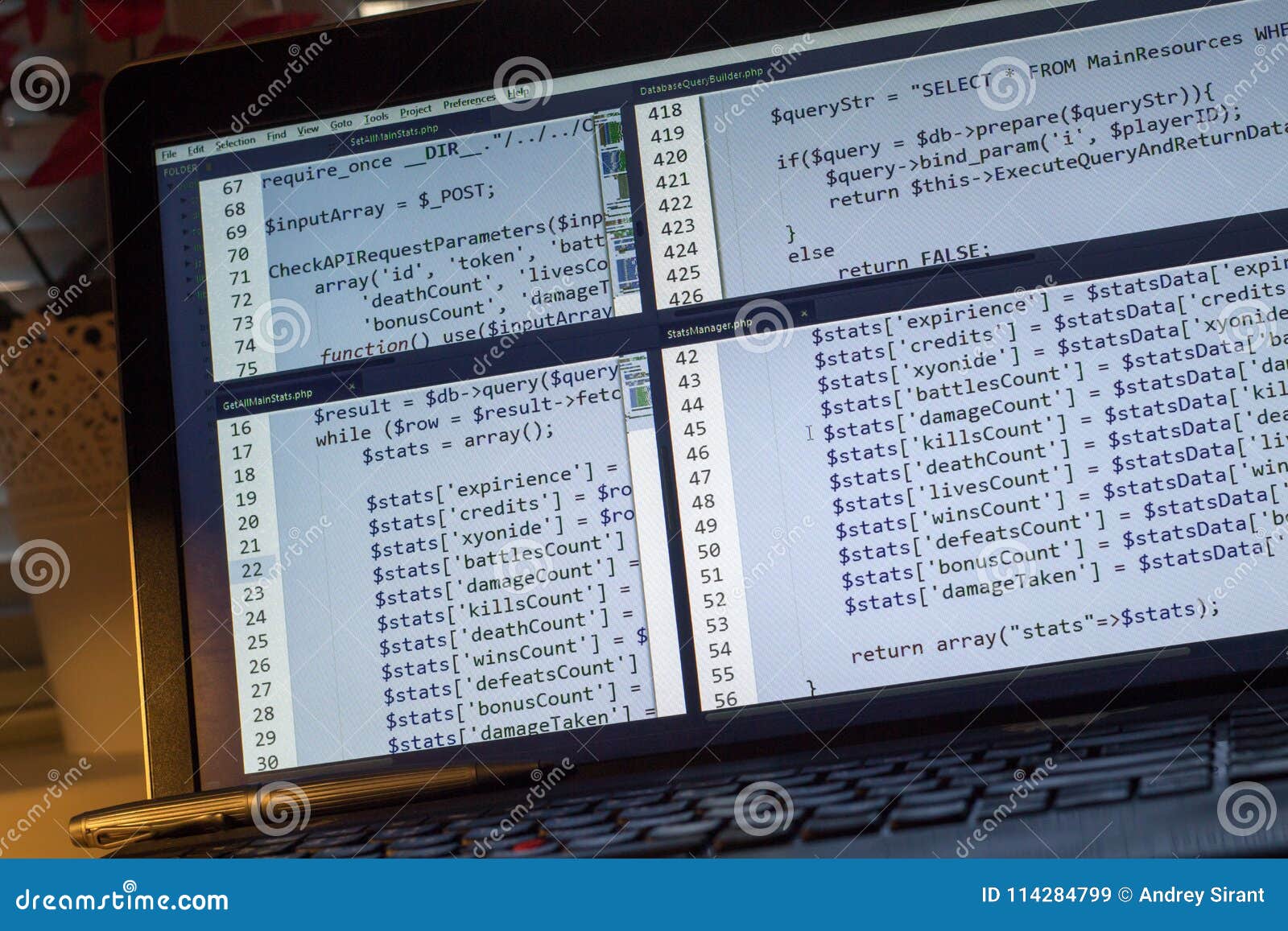

There's also standard use of the +, -, *, /, and % operators without / performing floating point division.

F# has contributed its version of the for loop and its |> operator for the purposes of type casting. Those include C#'s if, while, do while, and case constructs. There is little boilerplate while still introducing a clear organization of the code.Ī number of elements were brought over from C# and F# to promote familiarity. The compiler seeks this Main container and then the subsequent Main function to serve as its entry point. Where helpful, shared concepts were given a new name for this purpose. The syntax naturally draws heavy inspiration from both C# and F#, but an emphasis has been placed on promoting instant understanding by new programmers. Mirroring that, G# stands out from C# and F# by prioritizing something the other two don't that being the focus on the rule-based paradigm and distributed execution. The music scale also refers to G# as the leading tone. NET Core's ecosystem and name the new IDE A Major. It was a straightforward conclusion to create the missing G# in. In the A major scale there are exactly three sharps: C#, F#, and G#. The name G# and the IDE it's a part of are both inspired by music theory. The main advanced feature G# is designed to take advantage is that of concurrency so multiple components can move fluidly. An output to the screen is accomplished by invoking the output method without specifically calling out to the System namespace. Similarly, many of the library imports are handled automatically by the Compiler. For example, the standard string type has been renamed text. The syntax of G#, therefore, is simplified so it's easier for beginners to make sense of. The purpose being that G# can focus entirely on communication with hardware components (by way of an Arduino board) while leveraging the strengths of C# and F# to handle more general purpose and advanced features on the user/system side. NET Core's Common Language Infrastructure to allow interoperability between G#, C#, and F#. The primary goal of this language is to provide people with a friendly introduction to robotics routine programming.


 0 kommentar(er)
0 kommentar(er)
